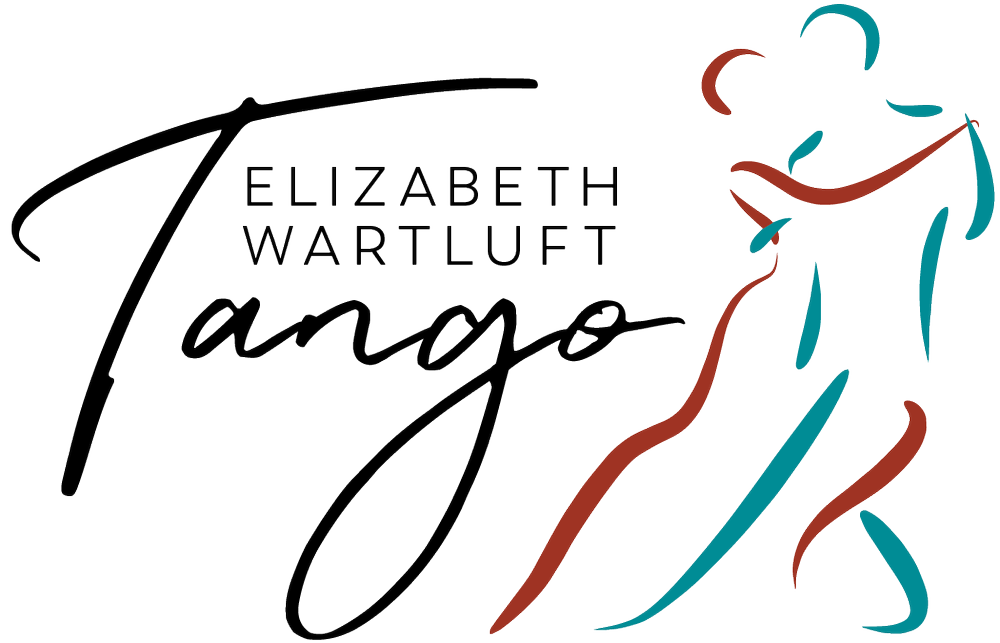I just spent the weekend singing, dancing and listening to music from the Balkans. Last time I went, I learned some great teaching tips for dance teaching from Michael Ginsburg, who I really respect as a dance teacher. This time, my reflections on tango and teaching came from taking Turkish and Greek singing from two fabulous teachers, Bob Beer and Ruth Hunter.
This may seem far from tango, but stick with me!
The song of many variations
Bob's approach to teaching us Turkish songs made me wish I could do this for tango:
- Talk about the area the song came from.
- Make sure we could pronounce the lyrics.
- Play three or four DIFFERENT singers doing the song in different versions, sometimes even different genres (amplified, gussied up for urban audiences, more the folk version, etc.).
- Tackle the song ourselves.
- Work on typical Turkish ornamentation, and then on adornments that could work in the song.
- Practice.
How could we apply this approach to tango classes?
I am dreaming of huge amounts of video footage, nightmares of editing, etc. If only we could have the same thing on YouTube as the songs, where the same words (mostly) are in a song, and you only have to search for the name of the song. Instead of carrying around a phone with crazy amounts of music stored on it, I would need a monitor, computer, speakers, etc. Whew.
If only we could do this in dance class! Imagine having footage of three or four great tango masters, doing the same combination; and showing them back-to-back in class! Then we could talk about what neigborhood they grew up in in Buenos Aires, who taught them, etc. THEN, we could try out the combo and get the main points down. After that, we could look at typical adornos that could be done in the combination and/or variations in speed/flavor of the movement. We could try the different variations from each master, and then decide what to do ourselves.
Great idea, not easily achieved.
Rebetiko and Argentine tango
People have written about tango and rebetiko music already. Both are art forms from the underbelly of society. Both sang about drugs, crime, poverty, loss, love, etc. Both were censored/banned by the authorities who felt that they glorified the seedy side of society that the government wanted to ignore. Both had their lyrics cleaned up, removing slang, drug references, etc., to make it palatable to the upper classes.
Among the songs we learned this weekend, we learned Anikse, Anikse. She told us stories about a famous rebetiko singer, Sotiria Bellou, who sang the song. She told us about the singer's difficult life, and then we tackled the song, and worked on getting the melody (with ornamentation EVERYWHERE) down enough to sing it.
Make it real: more feeling, less perfection
Ruth and Bob both made an effort to get us to sing real songs with feeling in them. Bob said singing it with perfect, urbanized pronunciation was like singing the Rolling Stones song as if it were called "I cannot get any satisfaction" :-)
In the case of the rebetiko song, we needed to make one part sound like we were crying/sobbing. In another part, we needed to slide off-key a bit before taking a breath. On another song, we needed to try to make the harmony NOT match: there were at least three acceptable versions to sing under the melody!! Crazy-making to beginners probably.
These songs are not about perfection: they are about FEELING and life.
Shouldn't tango be about the same things? The lyrics are sometimes cute or sweet, but usually they are intense, full of feeling and life. Why not dance that? Even if you don't understand the lyrics, you can enter into the music. Even better, take a moment and look up the lyrics of your favorite tango, and add more depth to your understanding of that song!
This idea is easier to achieve, and can be done by the dancer: you don't need a teacher to do this! Go DO it!
